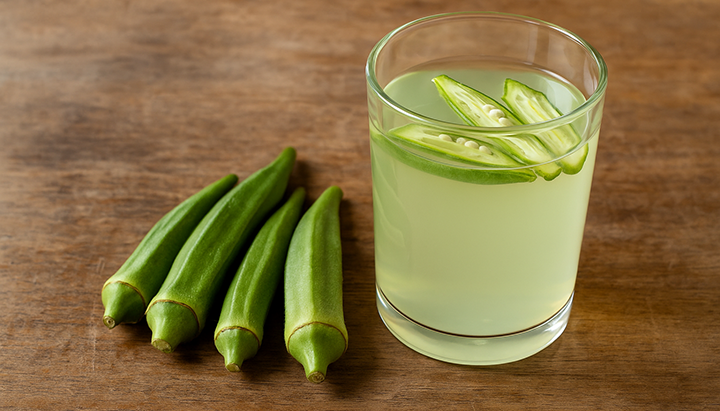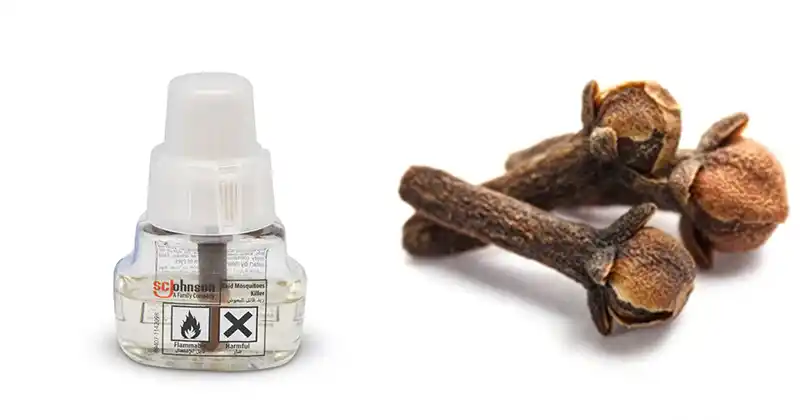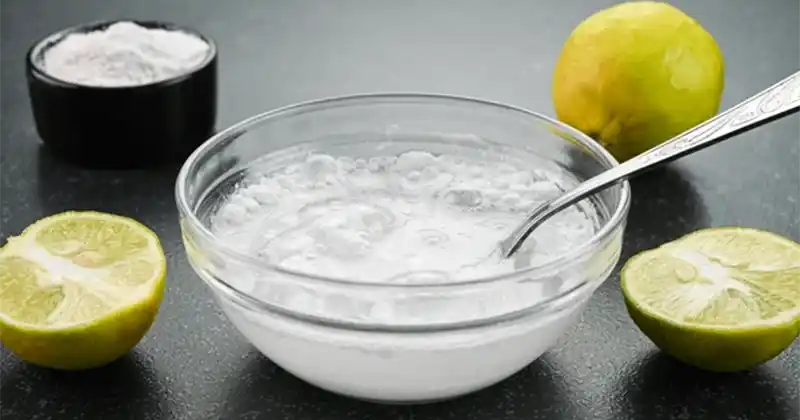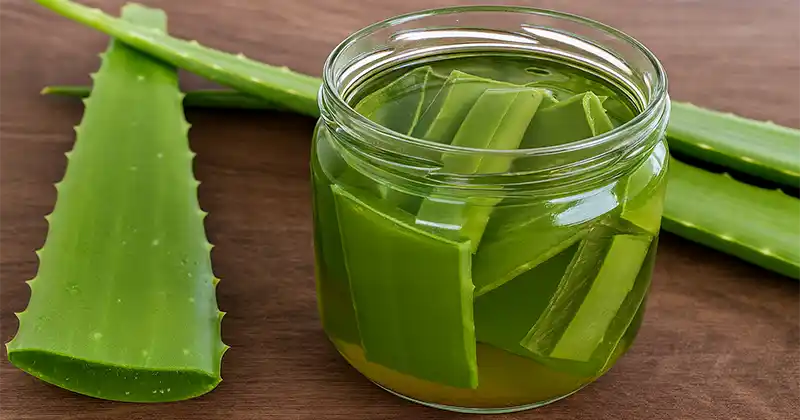Calendula officinalis, commonly referred to as pot marigold, is not just a charm in vegetable gardens—it’s an invaluable herb recognized for its ability to repel pests and attract pollinators. Beyond its garden utility, this vibrant flower has been cherished for centuries for its significant role in natural remedies, skincare, and overall wellness practices.
🌿 Which Parts Are Utilized?
- Petals — primarily used (either fresh or dried)
- Whole flower heads — ideal for oil infusions or salves
- Leaves — occasionally used in poultices (less common for internal applications). Edible, but rarely consumed due to their bitterness and texture.
✅ Top 12 Health Benefits of Calendula officinalis
1. Wound Healing
Calendula possesses potent anti-inflammatory and antimicrobial qualities, facilitating quicker healing for:
- Cuts
- Scrapes
- Minor burns
- Insect bites
💡 Application: Use calendula salve or cream.
2. Soothes Skin Ailments
Works effectively for:
- Eczema
- Psoriasis
- Rashes
- Diaper rash
💡 Application: Purchase or prepare a calendula-based cream or balm.
3. Antifungal Properties
Calendula aids in combating fungal infections, such as athlete’s foot and yeast infections.
💡 Application: Soak feet in calendula tea or oil.
4. Internal Anti-inflammatory
When consumed as tea, calendula can relieve:
- Sore throat
- Mouth ulcers
- Digestive inflammation (gastritis, ulcers)
💡 Application: Drink mild calendula tea 1–2 times daily.
5. Supports Menstrual Wellness
This herb has traditionally been utilized to:
- Regulate menstrual cycles
- Alleviate cramps
💡 Application: Steep 1 tsp of dried petals in hot water for tea.
6. Enhances Lymphatic Drainage
Calendula can stimulate the lymphatic system, aiding detoxification and reducing swelling.
💡 Application: Consume as tea or utilize an external compress.

7. Supports Oral Health
Calendula’s antimicrobial effects combat:
- Gingivitis
- Mouth sores
- Sore gums
💡 Application: Gargle with cooled calendula tea.
8. Antioxidant Properties
The vibrant orange petals boast high levels of flavonoids and carotenoids, aiding in cell protection against oxidative stress.
💡 Application: Incorporate petals into salads or tea.
9. Eye Health Benefits
Used traditionally for alleviating eye strain and minor irritations.
For eyewash, extreme care is required; always use sterile materials and consult a healthcare provider when possible.
💡 Application: Use cooled, strained calendula tea as a gentle eyewash (must be sterile and freshly made).
10. Immune System Support
With gentle immune-boosting and antimicrobial actions, calendula aids the body in fending off infections.
💡 Application: Regularly drink as tea, particularly during season changes.
11. Alleviates Digestive Issues
Calendula can help mitigate bloating, inflammation, and ulcers.
💡 Application: Consume a mild calendula infusion before meals.
12. Liver and Gallbladder Detox Support
Traditional uses often include stimulating liver functions and bile production.
💡 Application: Combine with other herbs in a detox tea blend.
🛠️ How to Utilize Calendula at Home
🍵 Calendula Tea
- 1 tsp dried petals (or 1 Tbsp fresh)
- 1 cup of hot water
- Steep for 10–15 minutes, strain, and enjoy
- Up to 2 cups daily
🌸 Salve or Balm
- Dried calendula petals
- Infuse in olive oil for 2–3 weeks
- Strain, blend with beeswax, and store in jars
Ideal for healing skin, burns, eczema, etc.
🛁 Bath Soak
- Place a handful of dried petals in a muslin bag
- Drop it in bathwater
- Soothes skin and relaxes the body
🥗 Edible Petals
- Add fresh petals to salads, rice, eggs, or use as a garnish
- Also, can be dried and sprinkled for color and antioxidants
⚠️ Precautions
- Generally safe for most individuals
- Potential allergic reactions for those sensitive to the Asteraceae family (like ragweed)
- Use with caution during pregnancy unless supervised by a professional
- Always patch-test before applying new salves
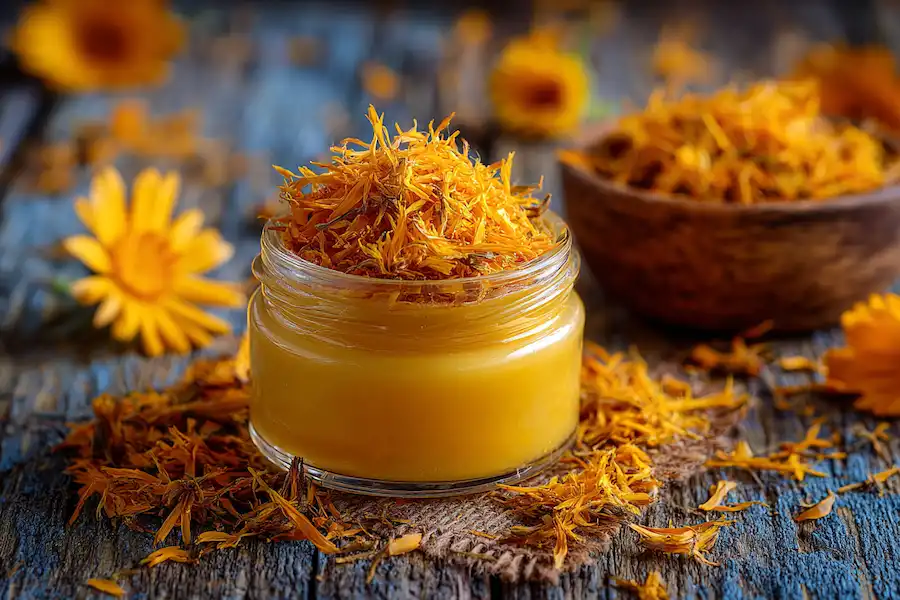
Calendula officinalis is a modest flower endowed with remarkable natural advantages. You can:
- Grow it easily
- Consume it raw or brewed
- Apply it for wound or skin care
- Combine with other herbs for enhanced healing benefits
⚠️ Disclaimer
This content serves informational purposes only and is not a substitute for professional medical advice, diagnosis, or treatment. Always consult a qualified healthcare provider before using any herbal remedies. The author and publisher are not liable for any misuse or adverse reactions.

